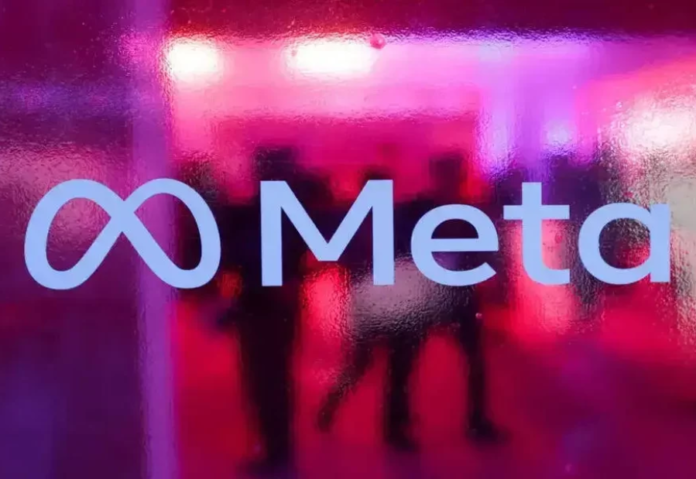Facebook and Instagram users will begin to see labels on AI-generated photos in their feeds as Meta attempts to differentiate between what’s real and what’s fake.
Meta reveals that Facebook and Instagram users will soon see labels on AI-generated photographs in their feeds, as part of a larger tech industry effort to distinguish between what’s real and what’s not.
Meta announced on Tuesday that it is working with industry partners to develop technological standards that would make it easier to identify photos, and eventually video and audio, generated by AI systems.
What needs to be seen is how well it will function in an era when it is easier than ever to create and spread AI-generated pictures that might cause harm, ranging from election misinformation to nonconsensual celebrity nudes.
“It’s kind of a signal that they’re taking seriously the fact that fake content generation online is an issue for their platforms,” said Gili Vidan, an assistant professor of information science at Cornell University. It may be “quite effective” in identifying a substantial amount of AI-generated content created with commercial tools, but it will not likely detect everything, she said.
Nick Clegg, Meta’s president of global relations, did not say when the labels would appear on Tuesday but said they would be “in the coming months” and in many languages, noting that a “number of important elections are taking place around the world.”
“As the difference between human and synthetic content gets blurred, people want to know where the boundary lies,” he wrote in a post on his blog.
Meta already labels photorealistic photographs created with its own tool with the “Imagined with AI” title, but the majority of the AI-generated content flooding its social media networks comes from others.
A variety of IT sector alliances, notably the Adobe-led Content Authenticity Initiative, are striving to establish standards. In October, US President Joe Biden signed an executive order promoting digital watermarking and labeling of AI-generated content.
Clegg stated that Meta will try to classify “images from Google, OpenAI, Microsoft, Adobe, Midjourney, and Shutterstock as they implement their plans to add metadata to images created by their tools.”
Last year, Google said that AI labels would be coming to YouTube and its other services.
“In the coming months, we’ll introduce labels that inform viewers when the realistic content they’re seeing is synthetic,” YouTube CEO Neal Mohan confirmed in a year-ahead blog post on Tuesday.
Consumers may be concerned if technology platforms improve their ability to detect AI-generated content from a set of key commercial suppliers while missing content created with other tools, giving a false sense of security.
“A lot depends on how platforms communicate this to users,” said Cornell’s Vidan. “What does this mark represent? With how much confidence should I approach it? What is its absence supposed to indicate?
Do Follow: CIO News LinkedIn Account | CIO News Facebook | CIO News Youtube | CIO News Twitter
About us:
CIO News, a proprietary of Mercadeo, produces award-winning content and resources for IT leaders across any industry through print articles and recorded video interviews on topics in the technology sector such as Digital Transformation, Artificial Intelligence (AI), Machine Learning (ML), Cloud, Robotics, Cyber-security, Data, Analytics, SOC, SASE, among other technology topics.






